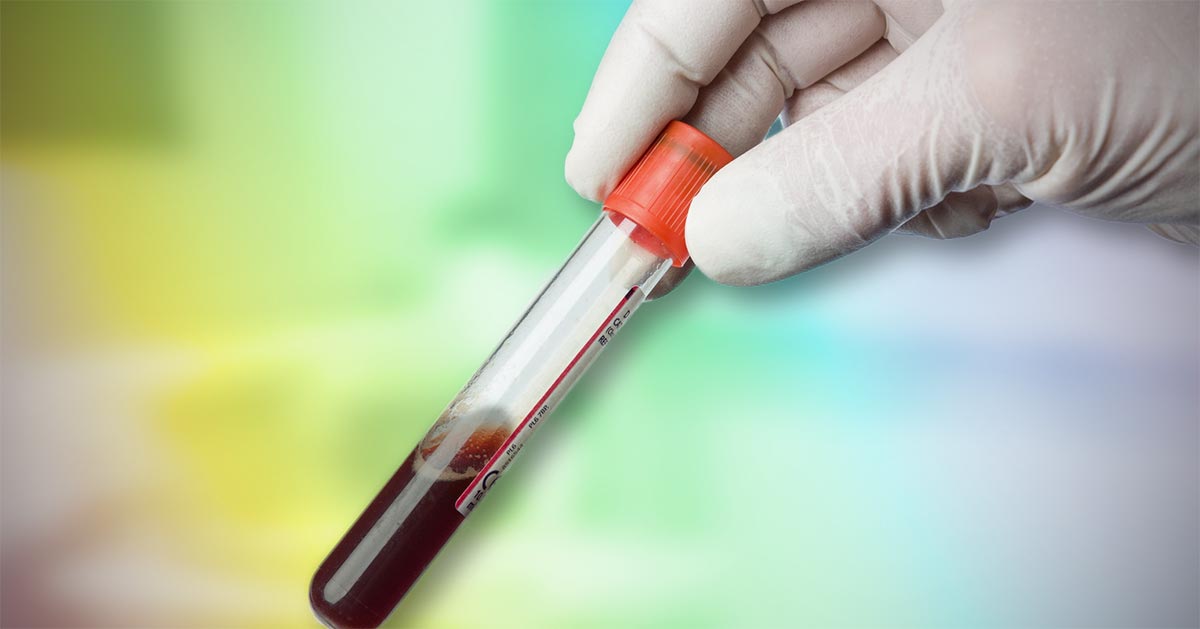Acid-base disturbances are common in critical patients. These changes must be identified, as even minor deviations from the normal range can lead to significant abnormal body functions.
Acidaemia and alkalaemia
Acidaemia, which occurs when blood pH falls below 7.35, will lead to:
- impedance of cardiac output
- reduced cardiac contractility
- a blunted response to catecholamine manifesting as hypotension
- antagonism to insulin
- a compensatory hyperkalaemia (extracellular movement of potassium in exchange for hydrogen ions [H+])
Alkalaemia – blood pH above 7.45 – although less critical compared to acidosis, will result in:
- muscle spasm
- stuporous mentation
- hypocalcaemia
- hypokalaemia (intracellular movement of potassium in exchange for H+)
As well as the aforementioned altered functions, H+ is essential for the normal function of enzymes and maintenance of normal cell structures. This is why the body maintains a very narrow pH range and uses multiple buffering mechanisms to achieve this.
Buffering systems
The two main buffering systems are the kidneys and lungs.
Kidneys adjust the pH via the excretion of H+ and the uptake of bicarbonate (HCO3-), which is the primary extracellular buffer and has a linear relationship with pH.
An increase in HCO3– concentration will result in a pH increase and vice versa. This mechanism can take hours or days from the time a shift in the pH is detected.
The main respiratory buffer is CO2 – an acid. CO2 has an inverse relationship with pH, so an increase is equivalent to a lower pH level and vice versa. The effect of respiratory adjustments is immediate. This occurs by altering the respiratory rate to adjust CO2 levels.
The first step towards interpretation of acid-base disturbances is identifying whether an alkalaemia or acidaemia is present. The next blog will discuss determining what is causing it – identifying the primary disorder and the compensatory mechanism employed to balance it out.

Leave a Reply